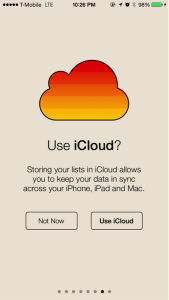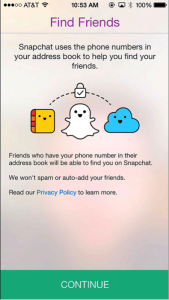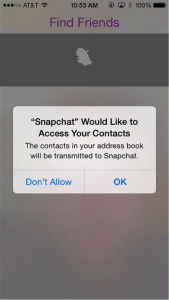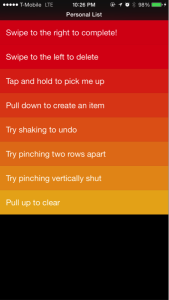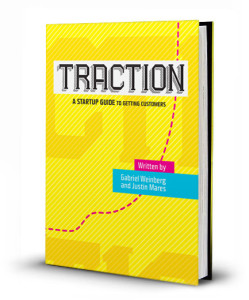Putting a Pause on the Lean Analytics Backchannel
When you run an experiment, as Alistair and I did with the Lean Analytics Backchannel, you have to be prepared for it to fail. In fact, if you run an experiment that can’t fail, it’s not really an experiment.
Alistair and I launched the Backchannel because we believe that there’s an opportunity to help people over time and consistently with Lean Analytics; the book is great (and we know it’s helped people), but not enough. It’s a reference guide to get you started, but everyone needs help once in awhile, so we came up with the Backchannel as a way of addressing that.
We also setup a pre-order page and decided to charge right away in an effort to de-risk things for us. Ultimately we didn’t get to our threshold of paying customers quickly enough, and so we’ve decided to put the Backchannel on pause and look to new opportunities.
One of the good things about launching experiments is that you’re going to learn something. We learned that there’s a market for Lean Analytics training/help/consulting/etc. (we’ve gotten an increase in speaking/consulting opportunities for example, and we did get quite a few customers pre-ordering) but that the form factor of the Backchannel isn’t the right fit. At least not without rethinking/rejigging it in some way. We also recognized that as a test it had issues. For example, the “product” (a “private community of sorts”) was somewhat vague, which honestly was on purpose because we weren’t 100% sure how the product would manifest itself. The price point was a bit of guesswork on our part, but partially calculated based on the number of customers we wanted signed up and the revenue we wanted to earn from the initiative. Our landing page also wasn’t fantastic. This was all feedback we got from people who signed up, and from people who didn’t. We interviewed and surveyed both groups.
So we learned a lot. And that in fact is the point of an experiment: to learn.
Alistair and I are now taking those learnings and figuring out what’s next. We believe we’ve validated the problem (people want more Lean Analytics information, practical guidance & support), but the solution was wrong. So we’re going to keep experimenting with new solutions. We have a few ideas–nothing we can share immediately–but you’re likely going to see more activity on this site in the near future as we look to find ways of helping people more.
To those of you that did pre-order I want to thank you very much for your support! And I look forward to connecting with you all so Alistair and I can keep learning what you want and how we can serve you.
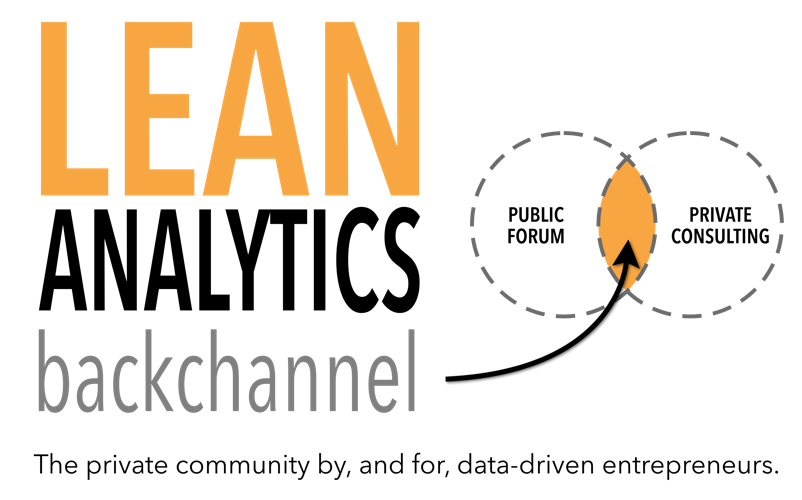
 Recently,
Recently, 